June 1967 was a very hot, troubled time: people watched in amazement while Israel defeated Egypt, Syria and Jordan in the Six-Day War; China tested its first hydrogen bomb; and protests in West Berlin against the visit of the Shah of Iran resulted in huge street fights and the killing of a student by the police.
Luckily the Beatles reassured the world that All You Need Is Love on satellite TV. But if you really wanted to escape all the international and personal troubles, you could just take refuge in the nearest cinema and watch James Bond’s latest flick: You Only Live Twice.
In 1967 James Bond was at its all-time high. The first four films had been so successful and influential that they had created a whole spy movie industry, with TV series ranging from The Man from U.N.C.L.U. and I Spy to Mission: Impossible, The Avengers and The Saint. So it was only natural that when the dynamic producer duo of Harry Saltzman and Albert Broccoli announced a new 007 adventure in 1966 both the fans and the press went crazy. And as Ian Fleming’s stories have always been about erotic escapades and cold-blooded violence in exotic locales, what better place to shoot a Bond film than in the ultimate exotic place: Japan.
Like Bond, the Land of Martial Arts and Smiling Geishas was a very hot ticket at the time. The 1964 Olympic Games had put Japan again on the world map, highlighting its intriguing mix of refined tradition and cutting-edge technology. The country had a lot to offer (even Fleming’s original novel devotes several pages to Japanese culture) so much so that unlike most 007 films featuring various locations around the world, the producers opted for shooting almost the entire film all over the Japanese archipelago.
In the end, though, filming in Japan proved to be far from easy. There was so much hype around Bond that wherever Sean Connery went, he was followed and harassed by fans and the press. Some local paparazzi even managed to take pictures when Connery was sitting on the toilet. The actor ended up holing up in room 1007 of the Hilton Hotel while in Tokyo (please note the nice choice of room number) and constant delays caused the filming to run over schedule.
The Japanese, like everybody else at the time, were crazy about spy stories, scantily dressed babes and violent thugs. In 1965 major studio Toho had released a Bond parody called Kokusai himitsu keisatsu: Kagi no kagi (International Secret Police: Key of Keys) (whose footage would be later used, rearranged and overdubbed with original dialogue by Woody Allen in his nonsensical parody-of-a-parody What’s Up, Tiger Lily?). In a funny twist of fate, the two young leading ladies starring in the Japanese film, Wakabayashi Akiko and Hama Mie, would become You Only Live Twice’s Bond girls.
The film itself does a splendid job of highlighting Japan’s mix of modern sophistication, cultural tradition and rugged natural beauty. The story opens in Tokyo with a rapid-fire montage of Ginza by night featuring the now-gone Morinaga globe and a kimono-clad lady climbing into a rickshaw. The glitzy shopping district is portrayed in all its glamorous charm. Then Bond enters a non-descript building on a side street and all of a sudden finds himself inside the dressing room of the Kokugikan (the national sumo stadium, that in those years was actually located in Kuramae, eight kilometers north-east of Ginza) where he meets yokozuna (grand champion) Sadanoyama who plays himself. The Nagasaki-born top wrestler had already won four titles when filming began. He would go on to win a couple more before suddenly retiring in March 1968 – well before his retirement age – in the middle of the Osaka Tournament, probably for the shock of losing to Hawaiian-born Takamiyama, the first-ever foreign-born sumo wrestler.
After getting a complimentary ticket from Sadanoyama, Bond enjoys a little sumo and worldwide audiences get to see (many for the first time) two fat giants shoving each other out of the ring. Bond then gets acquainted with Aki (the aforementioned Wakabayashi Akiko), a Japanese secret service agent.
Wakabayashi was particularly famous in Japan for starring in several SF monster movies for the Toho Studios (including the fifth Godzilla flick, Ghidorah the Three-Headed Monster (1964)) and had already worked in foreign productions, in Germany and especially in Italy (particularly memorable Akiko, in 1961, where she moves to Rome and seduces the local hooligan after using a few judo moves to beat him in a wrestling match). Aki tells Bond she has to take him to local MI6 operative Dikko Henderson.
So in the next scene we are magically transported back to Ginza where the Aki-driven Toyota 2000 GT speeds along Nishi Goban-gai, one of the district’s most exclusive streets. Even today, while seemingly looking like a non-descript side street, West #5 is still home to chic boutiques, chocolate and ice cream shop Pierre Marcolini and many bars and eateries.
Bond gets to meet Henderson but the fellow spy is killed soon after, so 007 decides to pay a visit to Osato Chemicals, a front for some of the local baddies. Osato headquarters is actually the famous Hotel New Otani Tokyo, once referred to, along with the Imperial Hotel and Hotel Okura, as one of the three great Tokyo hotels (in Fleming’s novel, by the way, Bond stays at the Hotel Okura, but this part was scrapped from the movie script).
Built by a small steel company led by Otani Yonetaro (a former sumo wrestler with a penchant for collecting ukiyo-e prints) the New Otani opened in 1964 just in time for the Olympic Games and was, until 1968, the tallest building in the city. At the time it was especially popular for its revolving restaurant on the top floor. The hotel is also famous for its garden which appears in the film as the ninja training camp.
While some of the film’s more iconic scenes are set in Tokyo (we can see the Tange Kenzo-designed Olympic Gymnasium during a car chase) several places in western Japan feature prominently in the story, starting with the port of Kobe in whose docks Bond and Aki fight Osato’s thugs (even though we are made to believe the scene takes place in Tokyo). The second-half, in particular, features Himeji Castle, near Kobe, and two places in Kagoshima Prefecture, on the island of Kyushu: Akime and Shin’moedake. The former one is a quaint tiny village where time seems to have stopped and even today everything looks almost exactly as it was 50 years ago. Visiting film location fans will even find a stone commemorating the film and featuring Connery’s, Broccoli’s and Tanba Tetsuro’s signatures (Tanba plays the head of the Japanese secret service).
Shin’moedake, on the other hand, is a volcano that in the movie is used as the villains’ secret rocket base. After a major eruption in 1959, the crater-lake had remained relatively quiet until the volcano woke up again in January 2011, sending smoke, ash and volcanic bombs up in the air, breaking windows 8 km away, and forcing the evacuation of several hundred residents. Since then, the area has been safe and hiking to this lake from Kirishima Shrine is rather easy as the path is relatively level.
This Bond movie has aged quite well and looks good even after more than 50 years. The only cringe-inducing scene is when Bond goes undercover in Kyushu and wears some really awful and unbelievable makeup while trying to pass for a Japanese fisherman.
The producers managed to cover the two small tattoos on his right arm (one says “Scotland forever,” the other “Mum and Dad”) but could do nothing for his mangled Japanese and overall appearance (imagine a tall foreign-looking guy saying ohayo gozaimasu – good morning – in a heavy Scottish accent).
Even the two Bond girls look quite unimpressive and in a sense are among the weakest in the franchise – especially Kissy Tiger (the girl Bond marries when he goes undercover), played by Hama Mie. Originally, Hama was supposed to play Aki in the film but had to switch to the other role due to her limited English. Though both Hama and Wakabayashi couldn’t hold a candle to previous Bond sex bombs such as Ursula Andress and Claudine Auger, they scored big with both international and especially local fans, mainly thanks to their un-Japanese long legs. Hama was even featured in Playboy, which proclaimed her (quite hyperbolically) “the Brigitte Bardot of Japan.”
Western guys were probably more interested in the scene where Bond is bathed and pampered by a group of girls in a bikini while Tanba declares that women are born to serve men (that’s the sort of thing you could get away with in the ‘60s).
Hama, who retired from the film business in 1970 in order to “lead a normal life,” was recently interviewed by the daily Asahi Shinbun. She confesses that “I had never seen a Bond movie before and had no idea 007 was such a huge international hit.” Hama never felt at ease on the silver screen. “I was just a girl,” she says. “Every morning, Connery-san asked if I was having any trouble. He also had a tough life before becoming a star, so he understood me.”
007 has visited Japan only one more time since, when Daniel Craig met a peroxided Javier Bardem among the ruins of the abandoned island of Hashima (better known as Gunkanjima) off the coast of Nagasaki in Skyfall. Now Japanese fans are hoping that the producers will turn into film a The Man with the Red Tattoo, a 2002 Bond novel written by Raymond Benson and set in various locations throughout the country including Naoshima, a small island in Kagawa Prefecture. In the meantime, the local authorities have opened a small 007 Museum in 2004, chockfull of Bond memorabilia.
I hope you enjoyed this blast from the cinematic past. In other news, my second book, Otaku Japan, has just been published in Italy, while a French and Spanish edition should come out later this year.
I’m already working on a couple new books, but they are proving to be a hard sell with publishers and agents, which means they may end up in Tokyo Calling. I’ll keep you informed on these projects, so stay tuned!

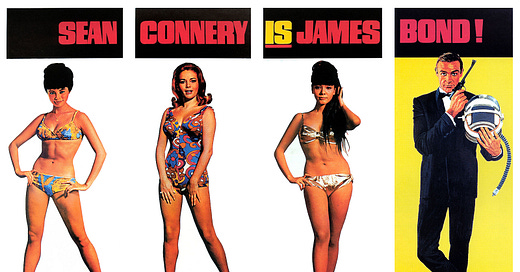



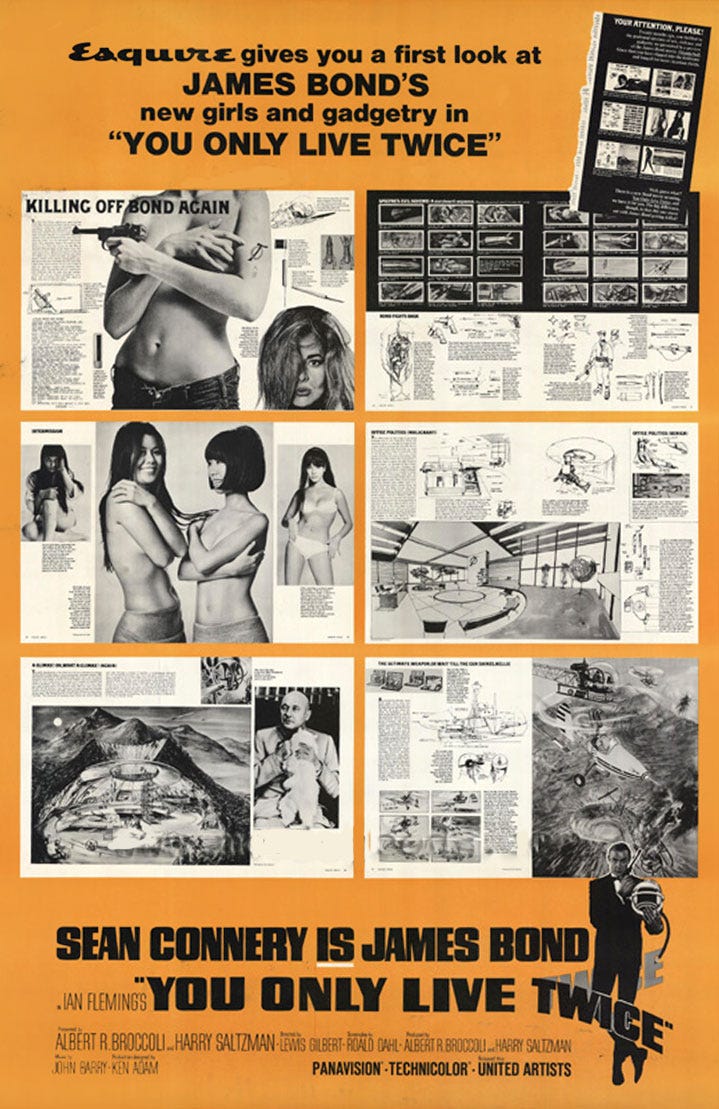
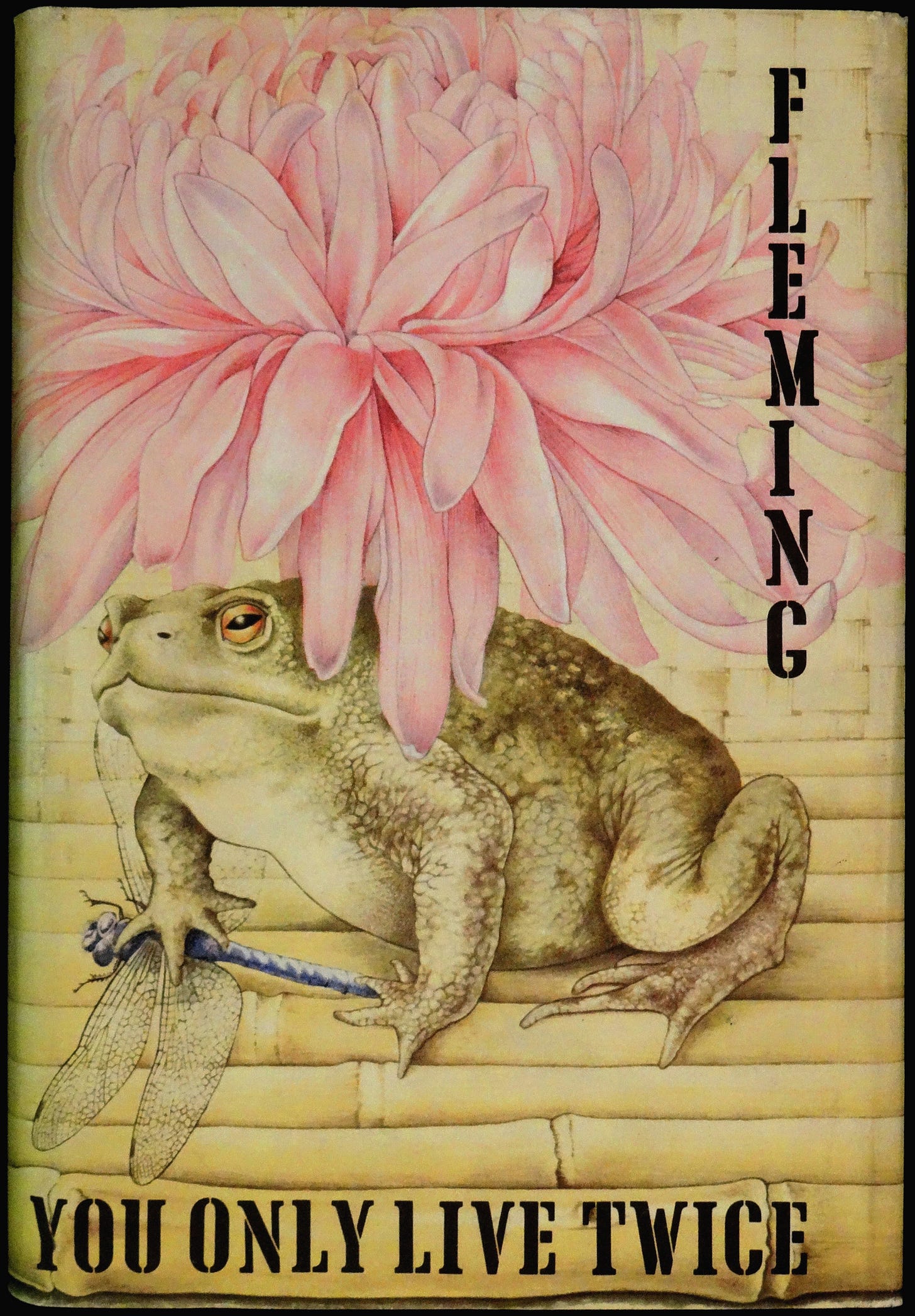
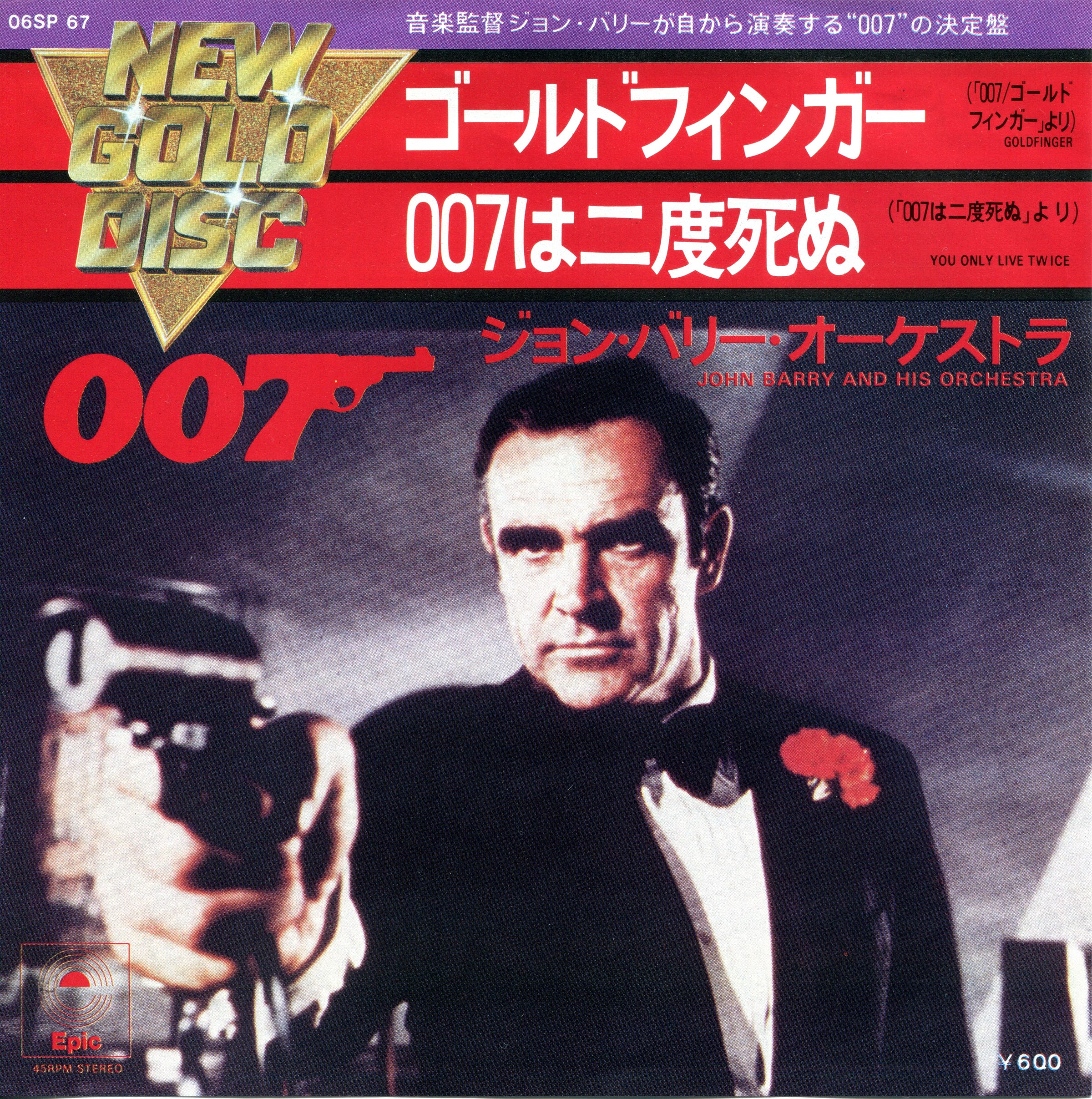
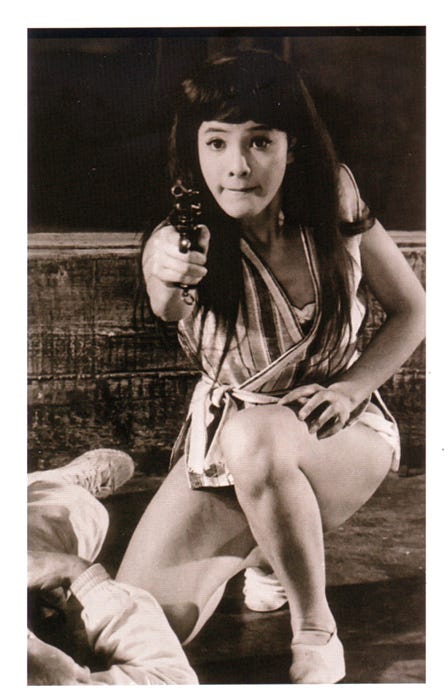
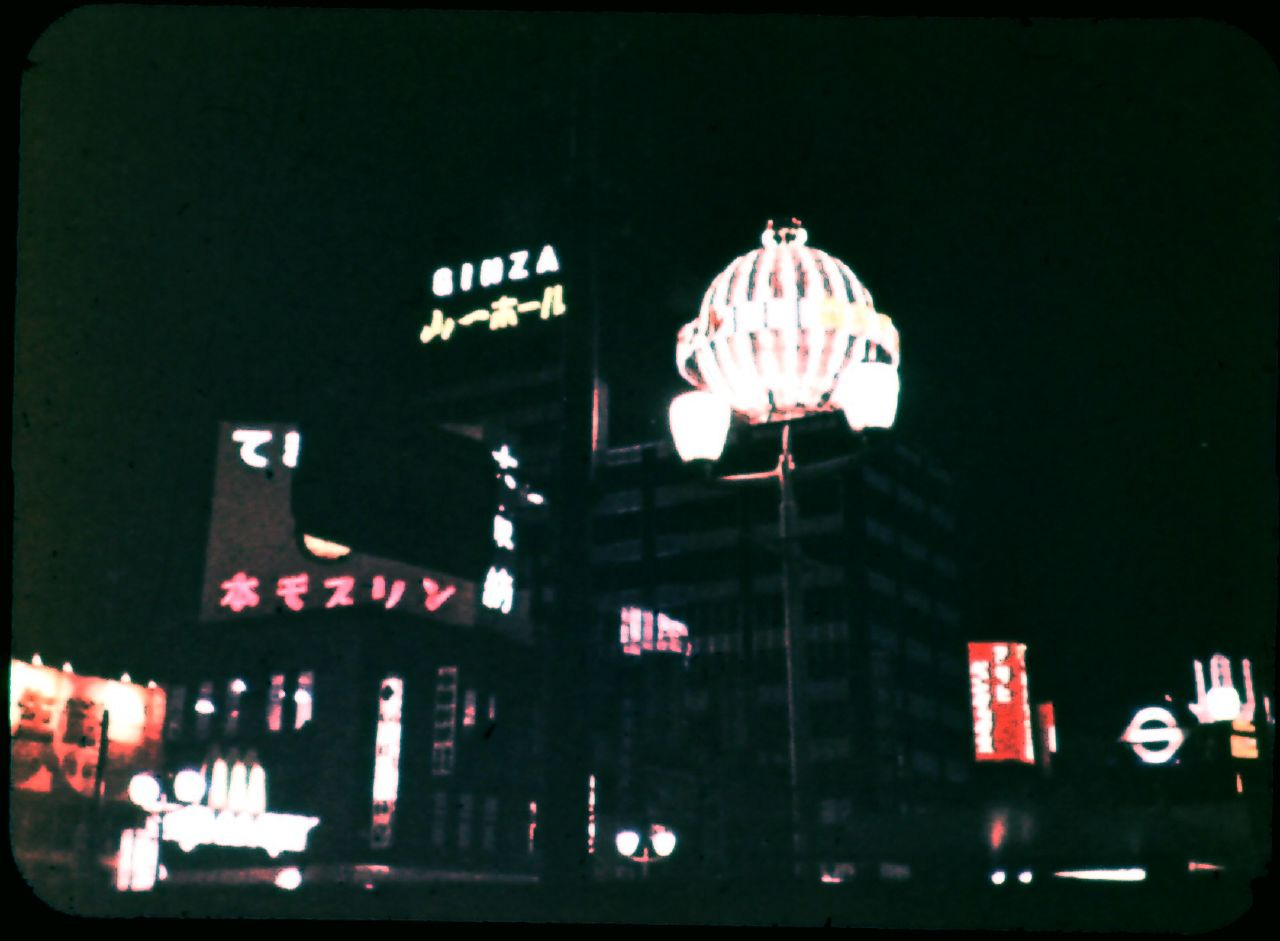
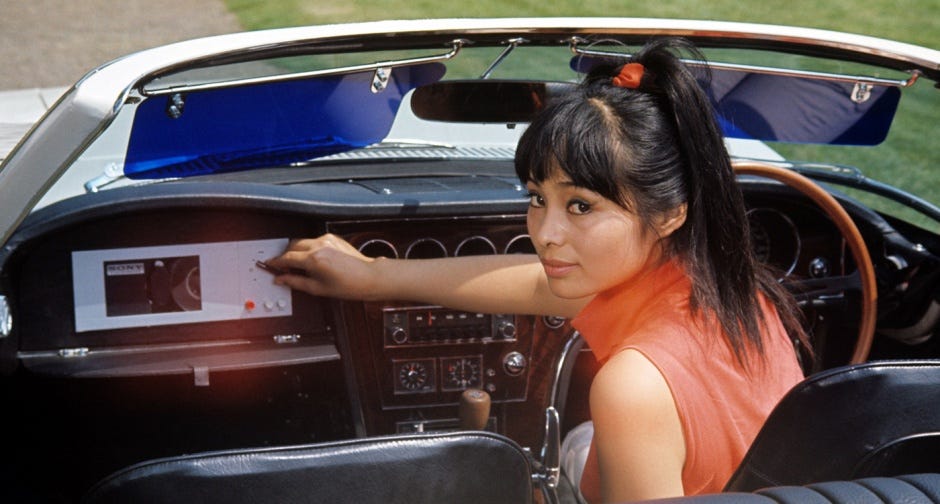

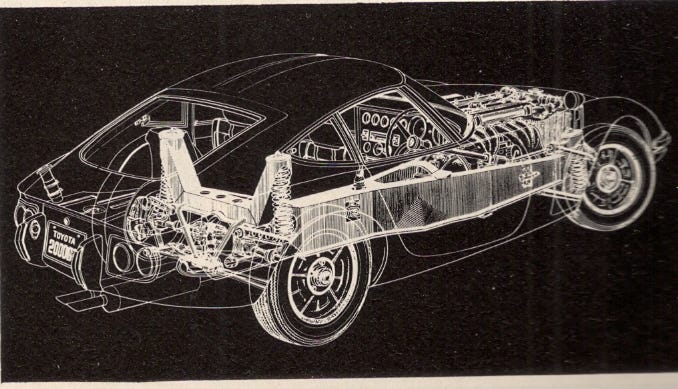
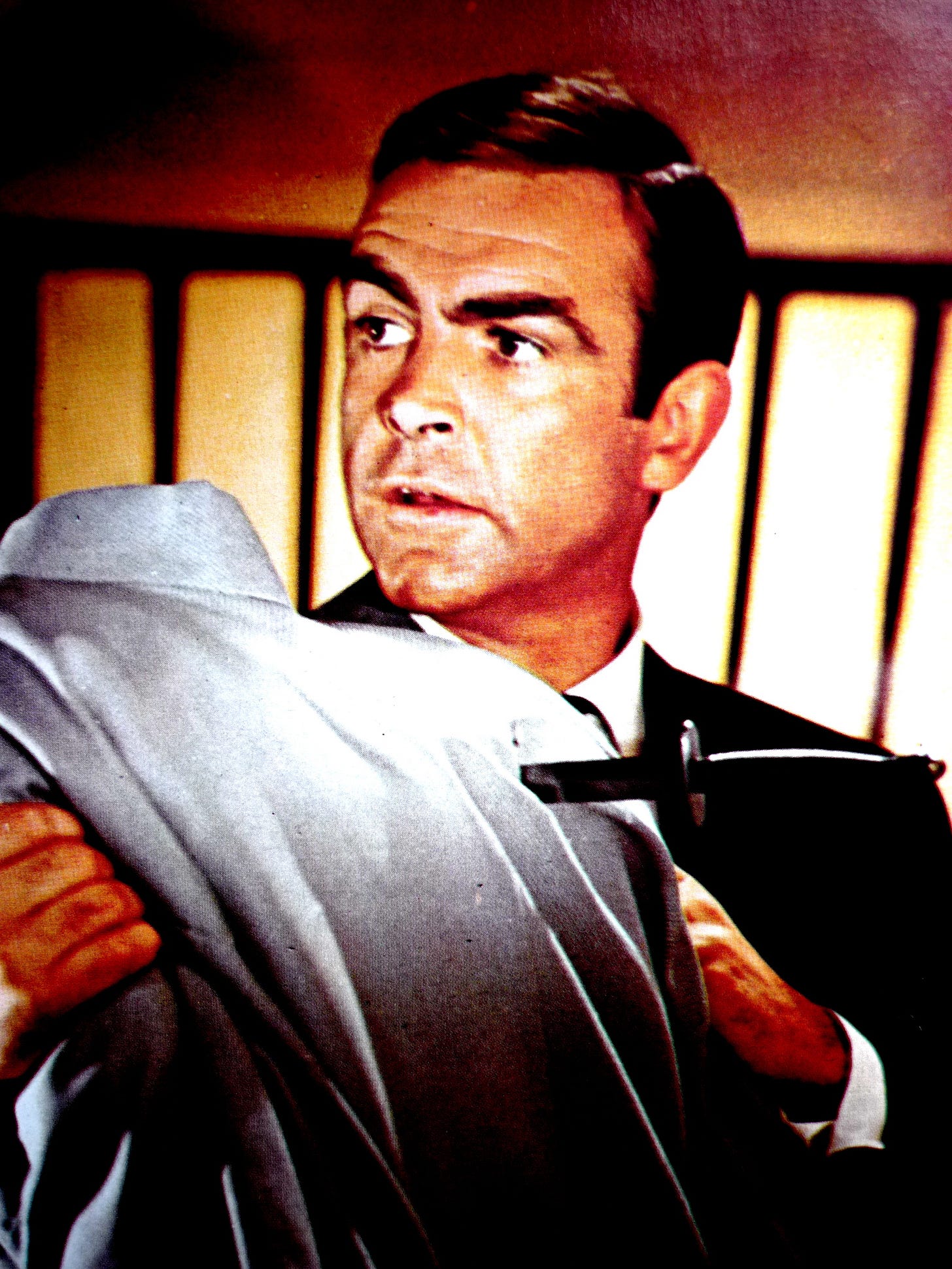
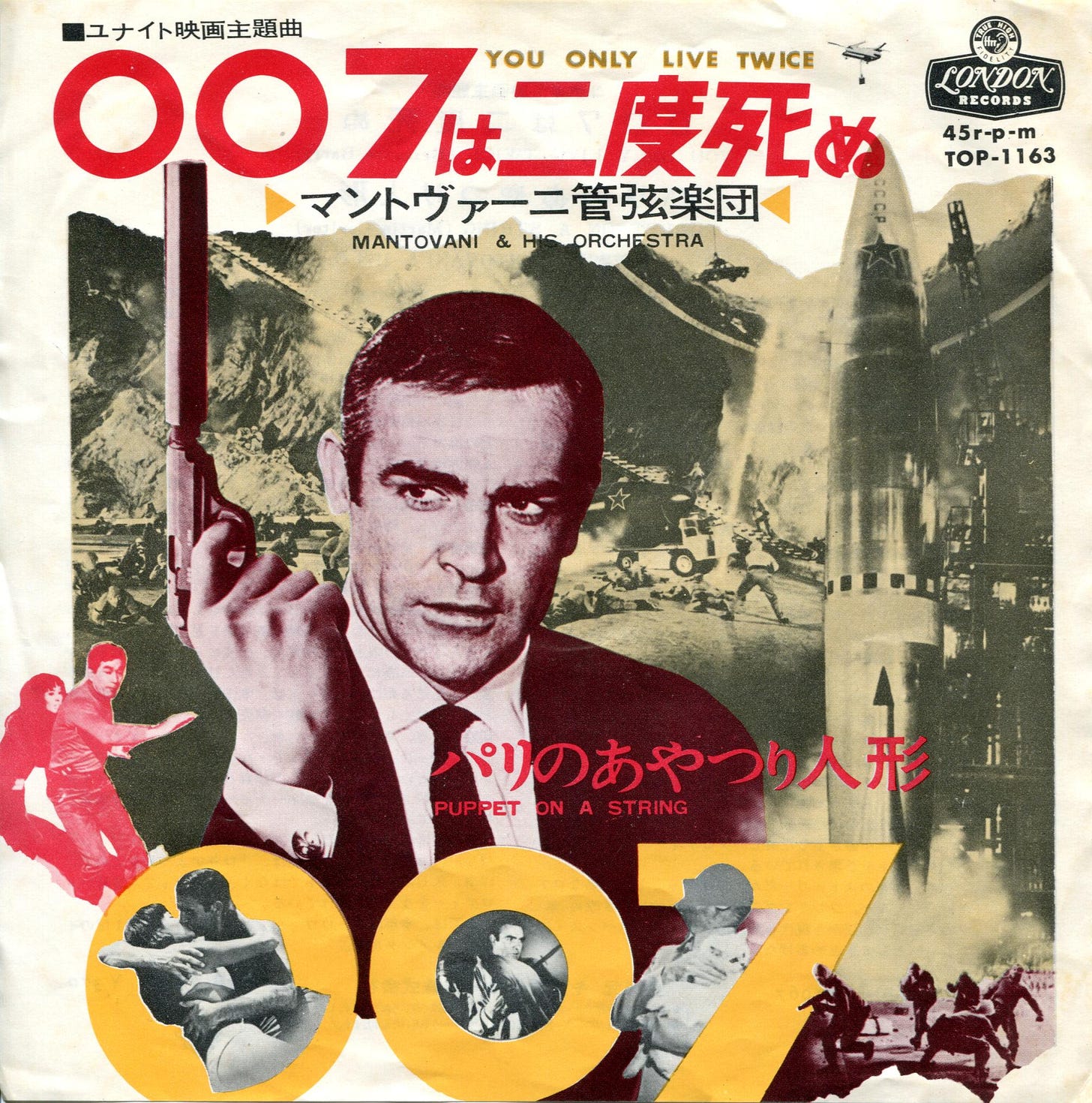
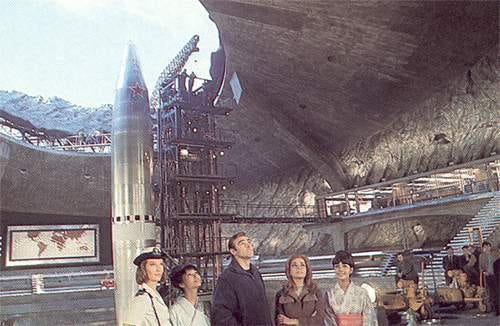
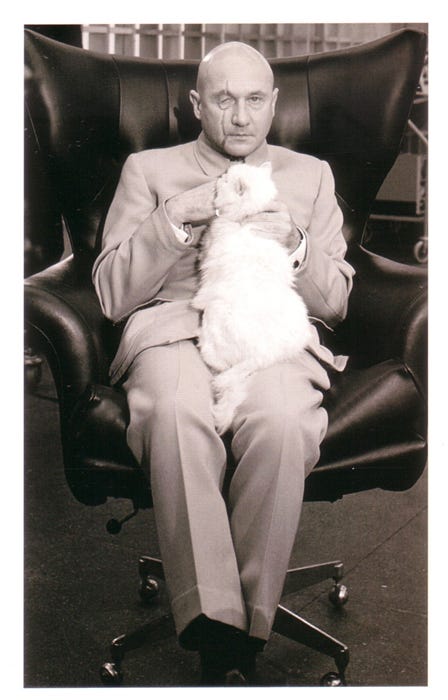
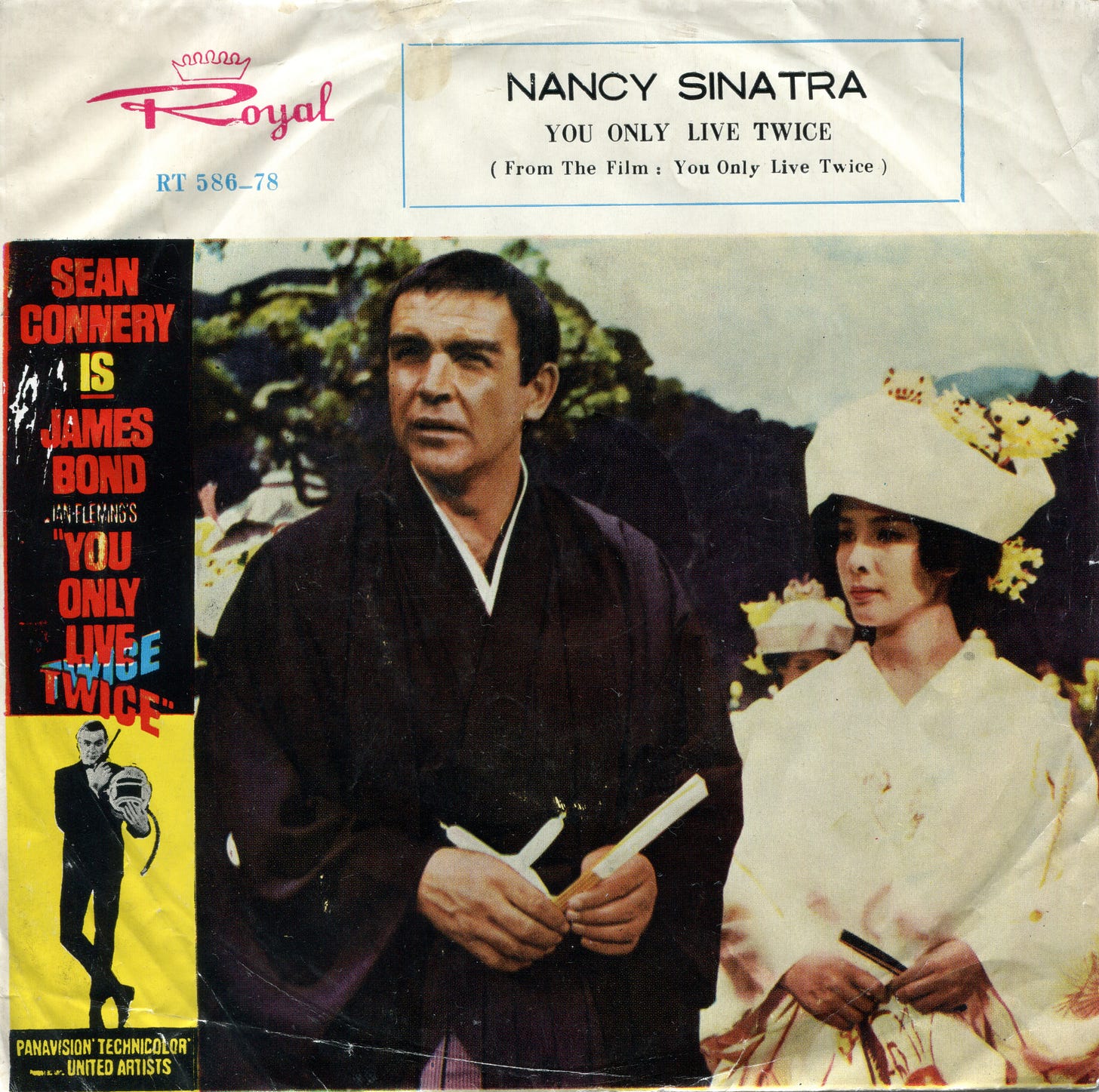
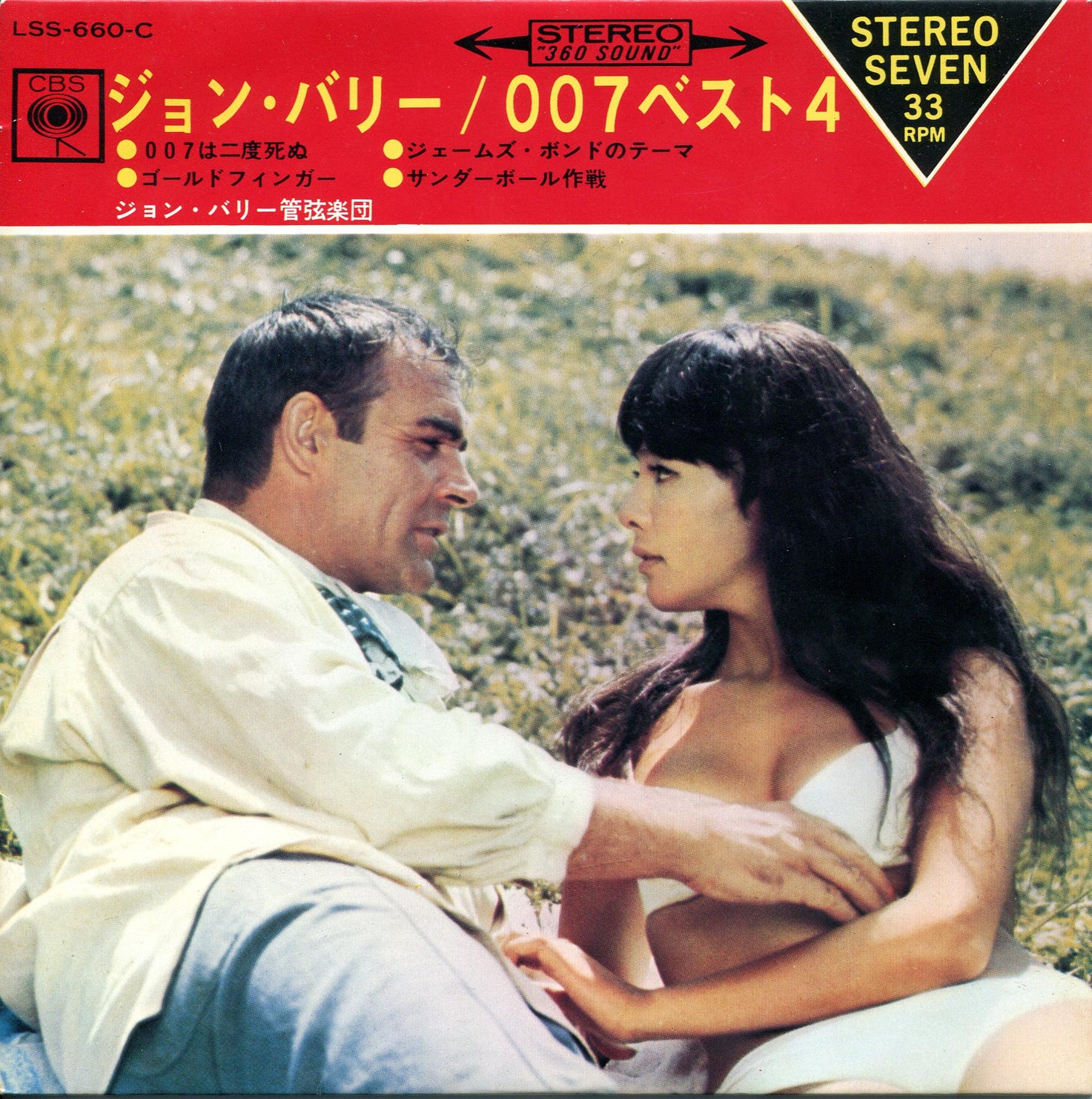
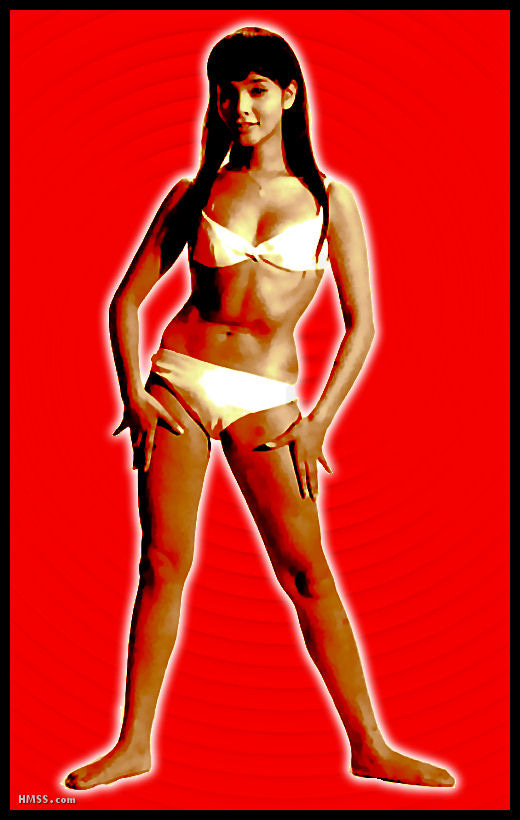
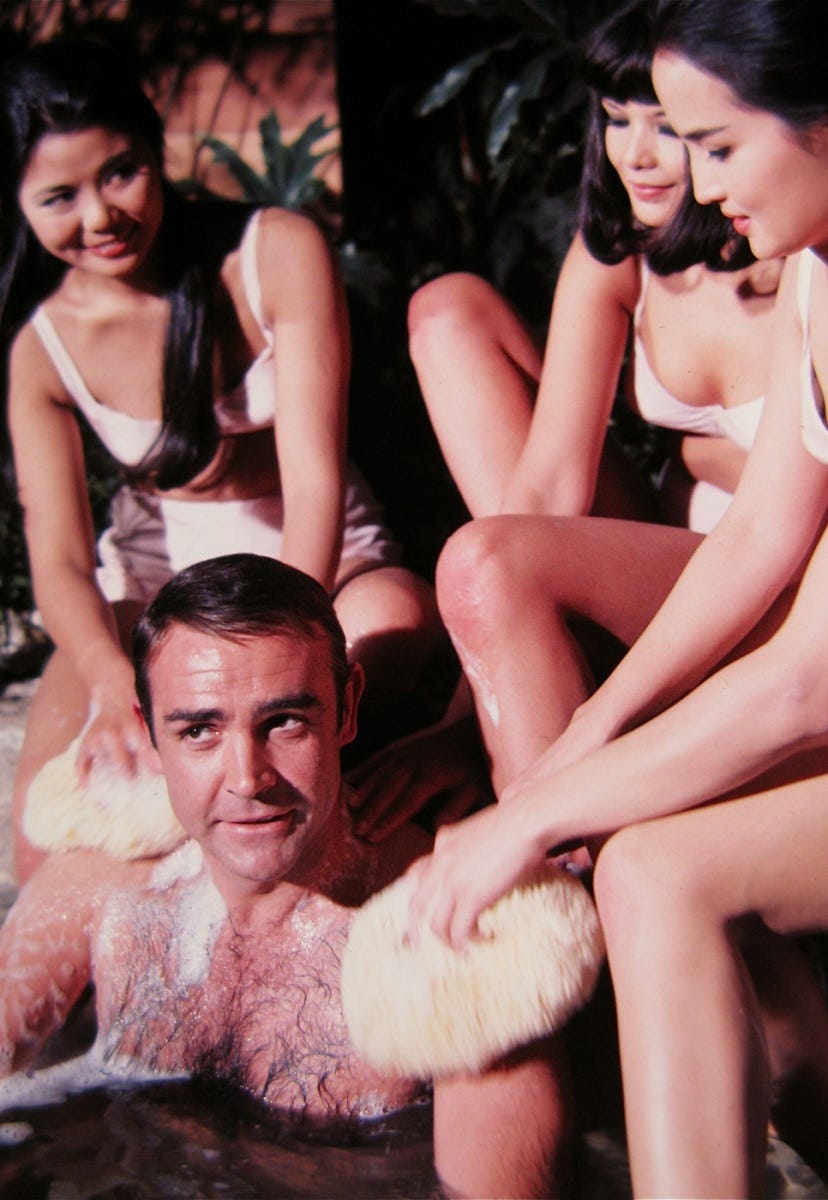
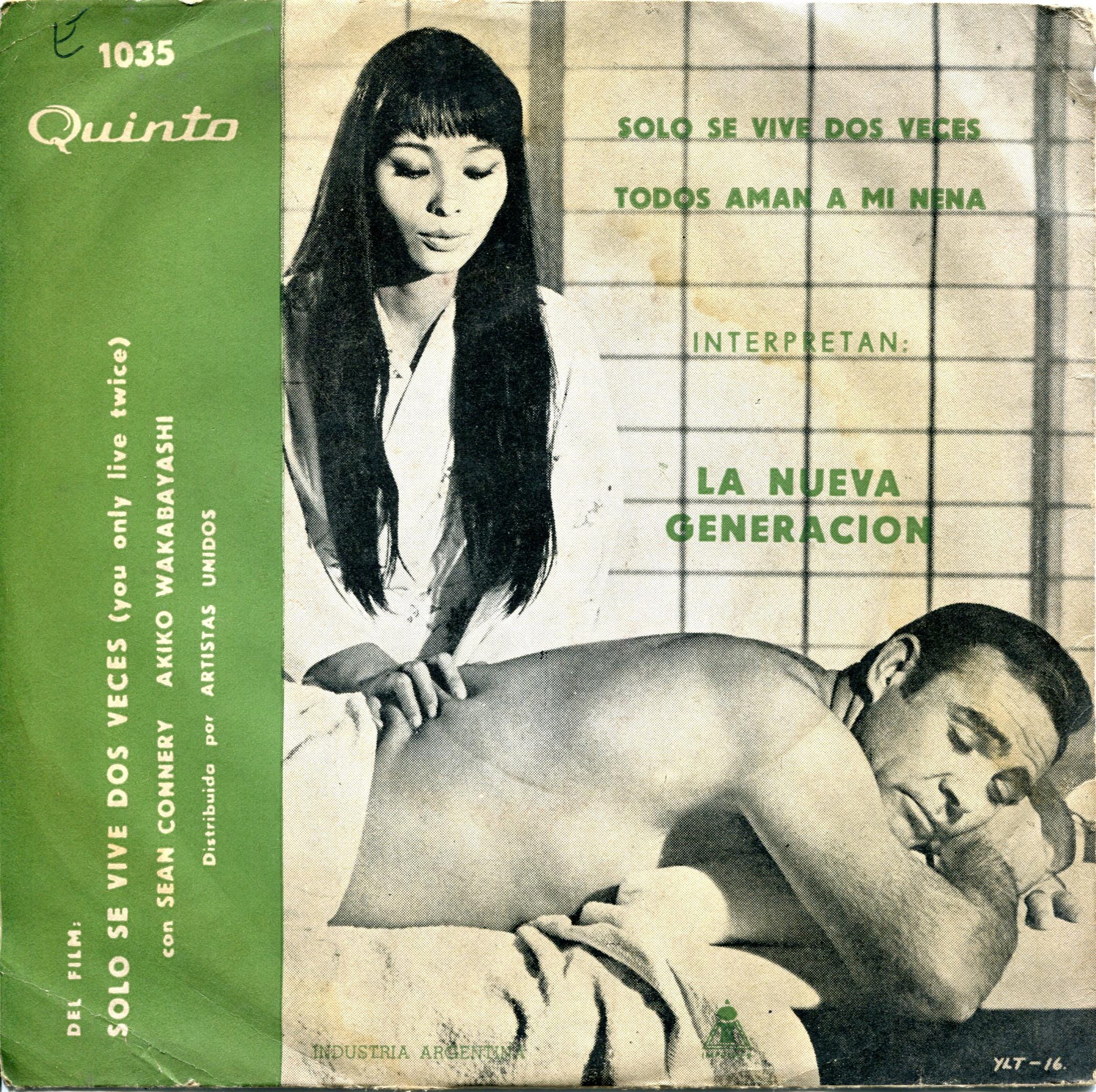
Excellent post, man! Learned so much!! Been a Bond fan forever and always loved this one and you've filled in a lot of holes in my knowledge. Thank you!
Brilliant subject! I saw this film once—rented the videotape from my little shop in Bunkyo ku about 1988 or so. What I love the most is the on-location shooting in the 60s. What a time capsule, particularly for people who live here.
Another old color movie to watch for the same nostalgia is Love Is a Many Splendored Thing with William Holden. Filmed in HK in the late 1950s. What a gem.